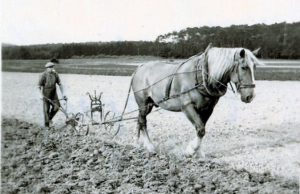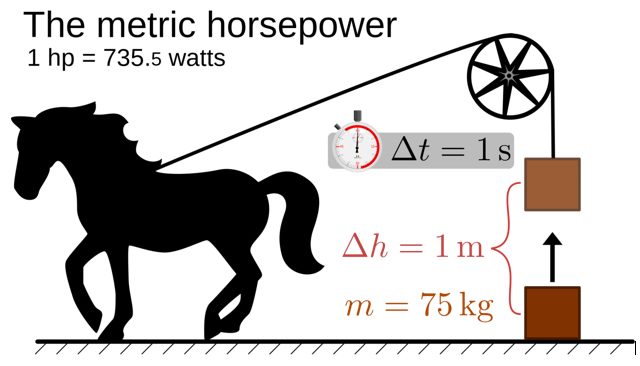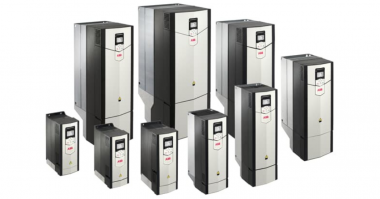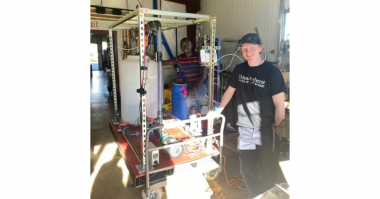Author: Steve Meyer, Regional Sales Manager at Danfoss VLT Drives
Electric motors are often referred to as “the workhorse of industry”. This phrase has probably been around for almost a century and it is still in use today. The irony is that most of us in the modern industrial era probably can’t explain it. So the use of the phrase ‘Electric Motors are the Workhorse of Industry” really requires some explanation.
How we get work done has to do with what kind of power we can apply and how we control it. In early civilization, most things were powered by manual labor. We are able to survive on our own as individuals, but for civilization to flourish, mankind has had to learn how to harness other forms of energy to solve problems related to water, food, and shelter. Central to western civilization’s successful expansion has been our technological capability to find and control power sources other than ourselves.

Figure 2. The windmills of Nashtifan in Iran are still working and viewable on Youtube: https://youtu.be/3qqifEdqf5g
Additional motivation lies in the fact that we all want to find ways for others to do our work for us, delegation or ‘automation’ of a sort. Harnessing the wind, solar radiance, the kinetic energy in water, are all power sources that mankind has been exploring for thousands of years. So for simple things like grinding wheat (figure 1) or plowing fields and increasing harvests (figure 2), we have been using the nearest, most economical solutions over the years to expand our ability to produce food.

Figure 2
Pack animals of various types have been the dominant choice; horses and oxen in many regions and camels in the Middle East where extreme heat would be difficult for horses to tolerate. Animals have been harnessed, literally, to perform many tasks that would be difficult or impossible for humans, and under human guidance, have amplified our abilities in many areas. From plowing and pulling loads in farm work to turning grinding wheels to produce flour, pulling on block and tackle assemblies to assist in building large structures, we have found thousands of ways to leverage the strength of animals to increase our ability to produce things.
The standard definition of a workhorse is primarily to distinguish a racing or show horse from a horse bred primarily for work. More commonly, the term “workhorse” refers to a horse that does a lot of work. Colloquially, it refers to people who work hard and are very productive. So the use of the term “workhorse” as an adjective can be thought of as someone or something that does a lot of work.
In mechanical engineering in the US and UK, the common unit of measurement of work is the horsepower. The horsepower is defined as the energy necessary to raise a 550 pound load one foot in 1 second. That’s actually a lot of mechanical power and illustrates the difference between a horse doing work and a man doing work.
HORSEPOWER = (REVOLUTIONS PER MINUTE X TORQUE) / 5252
James Watt’s most significant invention may be the unit of mechanical work: the horsepower. Watt needed a basis for describing the work that an improved steam engine could do compared to the common source of power in England (the horse). Over the years, the exact measurement has been tweaked slightly to its current form, but it has been an invaluable tool for quantifying energy and work.
Since the motor doesn’t require rest, coffee breaks, or food, doing a lot of work makes the electric motor something of a “workhorse”. And since most of modern manufacturing is powered and controlled using electricity, the electric motor is the workhorse of industry.





Comments